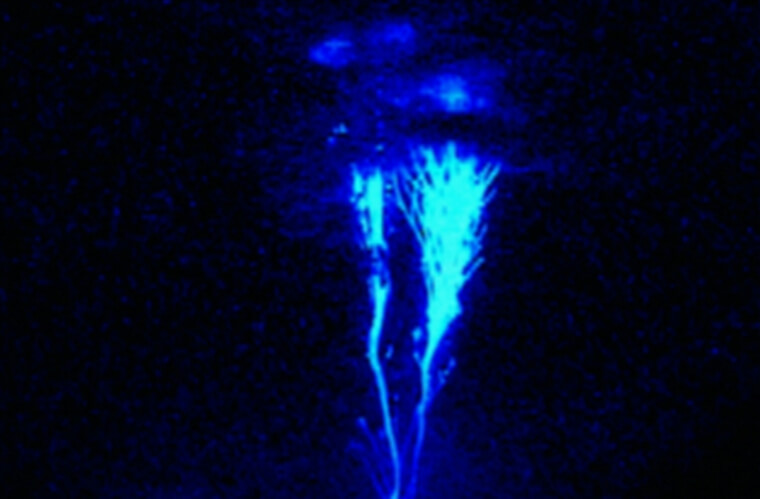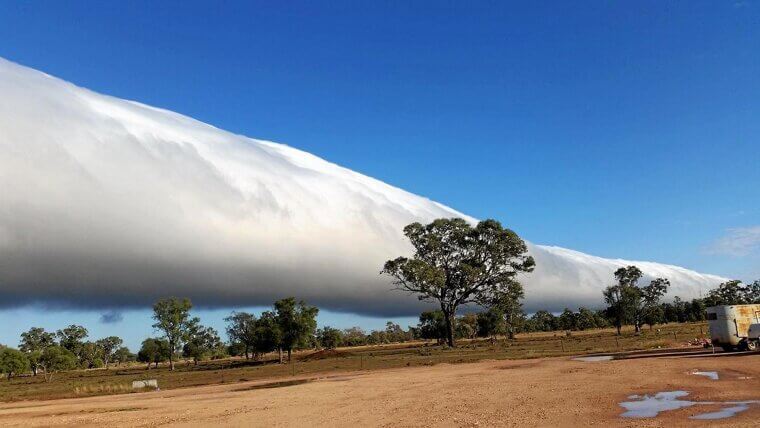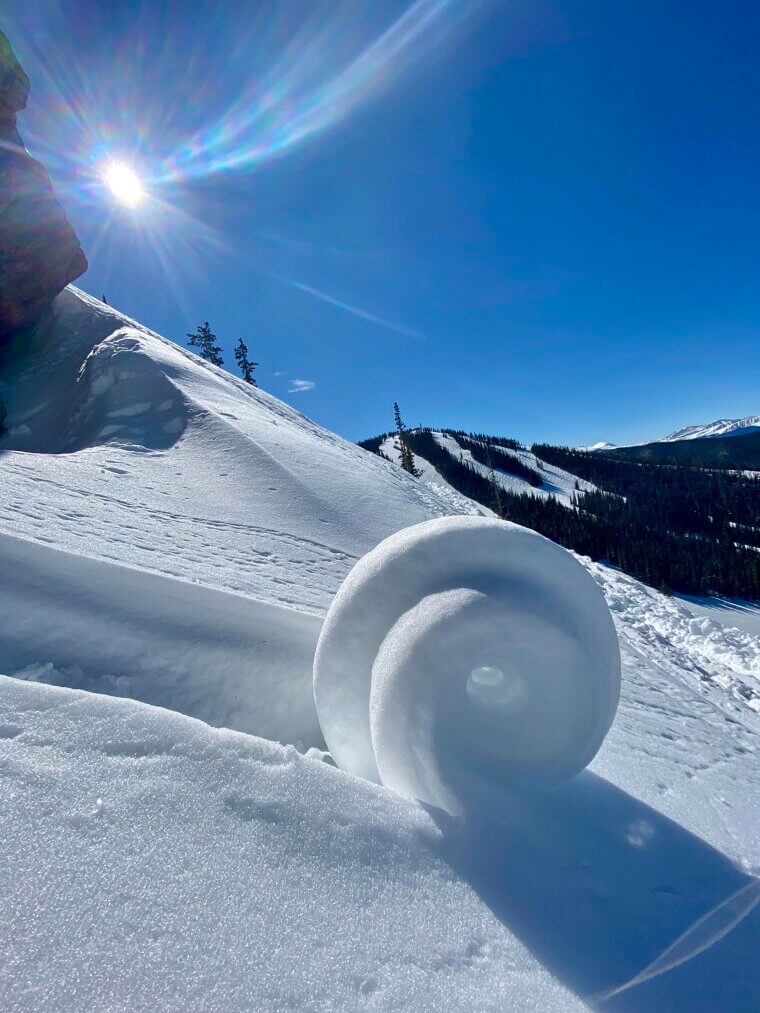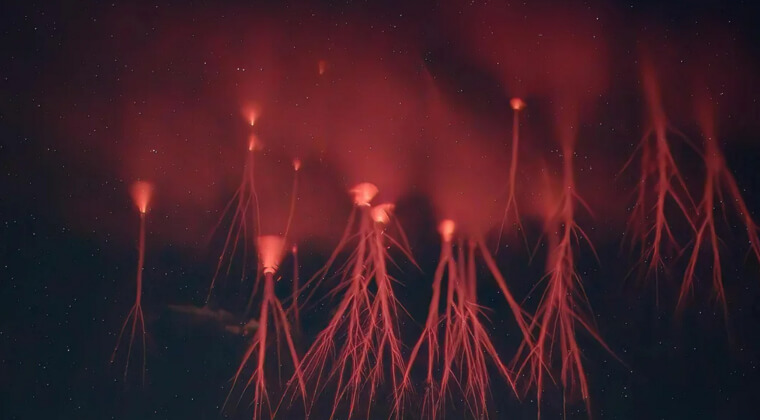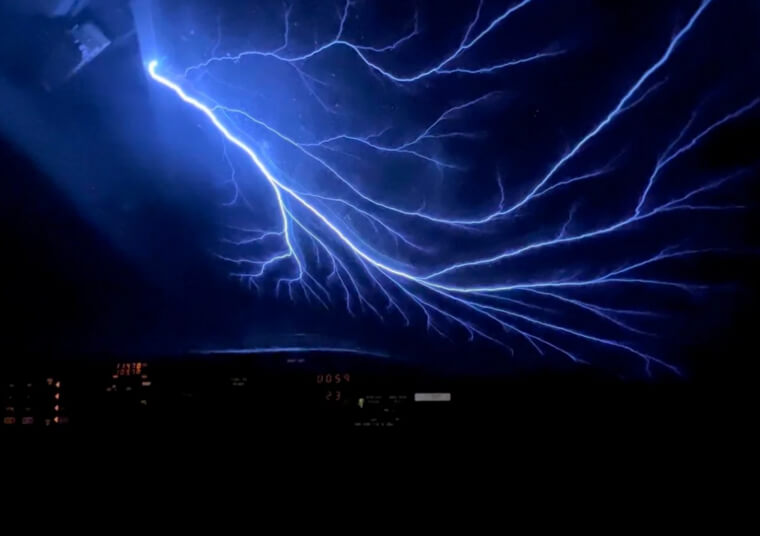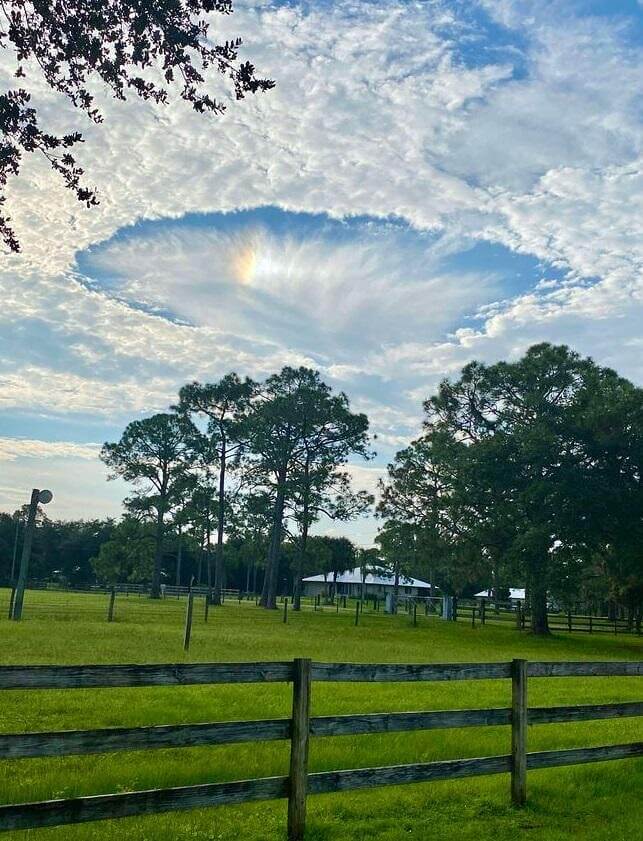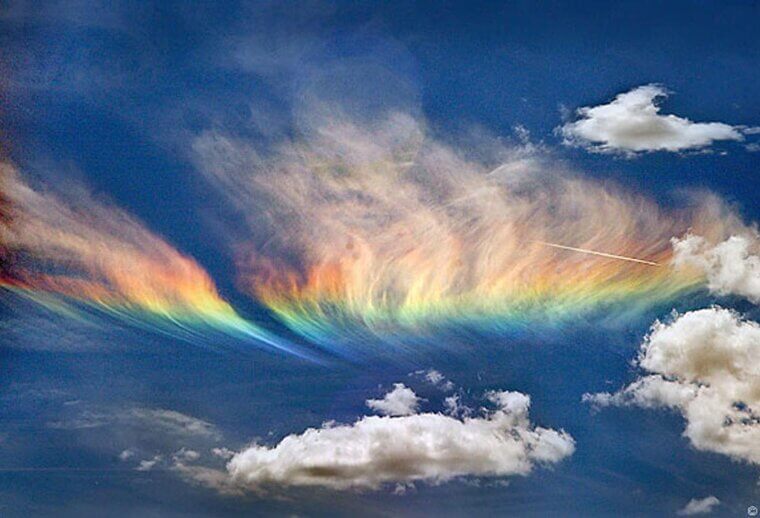Sprites, ELVES & Blue Jets
Sprites, ELVES, and blue jets are lightning’s secret relatives, flashing above storms where most eyes never look. Sprites bloom like red jellyfish; ELVES spread as ghostly expanding halos; blue jets spear upward from thunderheads. Powerful strikes disturb the upper atmosphere’s electric field, triggering these gigantic discharges during intense nocturnal thunderstorms. The best views come from far away or from aircraft with steady tripods and long lenses. Modern low‑light cameras finally made them visible to everyone. They matter because they reveal how thunderstorms couple with the beautiful science of the ionosphere at a safe distance.
Morning Glory Cloud
The Morning Glory cloud looks like the sky rolling out a carpet: a long, rotating tube that scrolls across the horizon. It forms as a solitary wave, or soliton, when sea‑breeze fronts and temperature inversions align, concentrating moisture along the crest. The most reliable shows parade over Australia’s Gulf of Carpentaria during the dry‑season transition, drawing glider pilots and curious visitors. Communities even plan events for peak season. Expect strong low‑level wind shear if you’re flying. On the ground, shoot wide to capture its length and the rolling, conveyor‑belt motion.
Snow Rollers
Snow rollers are nature’s donuts, hollow cylinders that mysteriously appear across open fields. They form when a sticky surface layer peels from an icy crust and a light breeze, or gravity on a slope, nudges it into a rolling tube that sheds its soft core. Conditions must align perfectly: fresh snowfall, subfreezing air, and the right wind. There is no need for a prank. Their existence serves as a reminder in meteorology that small balances matter: texture, temperature, and timing. Admire them from the edges and photograph them with a telephoto to preserve the untouched scene; footprints spoil the pastry illusion.
Heat Bursts
Heat bursts feel like someone opened an oven at midnight: sudden, dry, warm gusts that spike temperatures in minutes. They happen when air descending from a dying thunderstorm warms by compression, especially as rain evaporates aloft and the downdraft dries out. Most often reported on arid or semi‑arid plains during warm seasons, they can rattle nerves, power lines, and irrigation plans. Historic episodes seeded “mystery hot wind” stories in local lore. If it’s in your forecast, secure loose outdoor items and watch for fire danger; humidity plunges while winds rise, a risky nighttime pairing.
St. Elmo’s Fire
St. Elmo’s Fire is a sailor’s legend and a physicist’s party trick: a blue‑violet glow that brushes from masts, wingtips, and steeples during highly electrified storms. It’s a corona discharge, when ionized air leaks charge from sharp points, humming and hissing in the wind. Sightings cluster near thunderstorms or volcanic ash plumes, especially on ships, aircraft, and high peaks. Beautiful? Absolutely. But it’s a flashing neon sign for dangerous fields. Enjoy the story, not the exposure: head for shelter, save the photos for safer lightning and the retell over cocoa.
Fallstreak Hole (Hole‑Punch Cloud)
Fallstreak holes, also called hole‑punch clouds, look like the sky misplaced a cookie cutter. A circular or oval void opens in a mid‑level deck, often with feathery streaks falling from its center. Aircraft slicing through supercooled altocumulus seed ice crystals; droplets freeze, grow, and tumble out, clearing the gap. They pop up along busy flight corridors and make social media yell “portal.” The real story is microphysics, tiny crystals reorganizing an entire cloud layer. To photograph, often use a polarizer, moderate telephoto, and a foreground anchor to show scale and drama.
Circumhorizon Arc
The circumhorizon arc is the sky’s smile, a prismatic band running parallel to the horizon below the Sun. It appears when the Sun climbs above about fifty‑eight degrees and light refracts through horizontally aligned plate‑ice crystals in cirrus, splitting into vivid color. Mid‑latitudes see it mainly in summer, when the Sun’s path is high. Despite the viral nickname “fire rainbow,” nothing burns—this is true geometry and optics. A polarizing filter deepens saturation; include trees, buildings, or ridgelines to give scale. Look up, then look around to frame the arc’s sweep.

